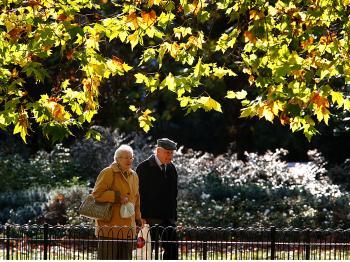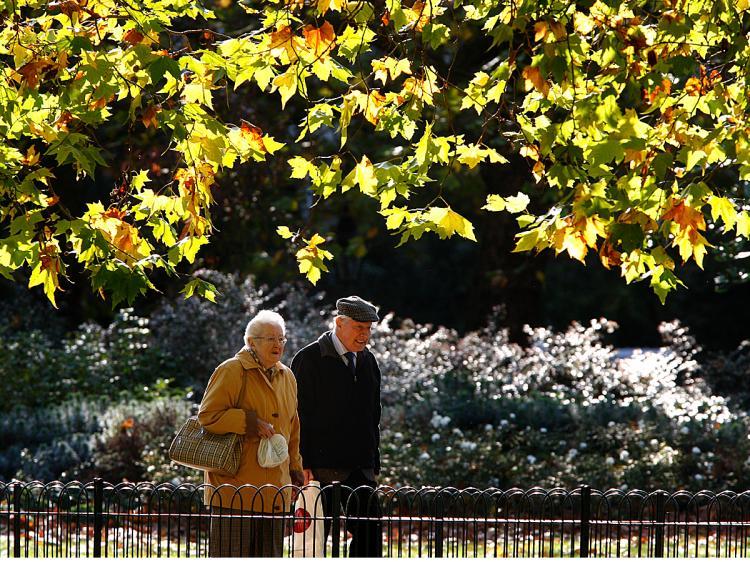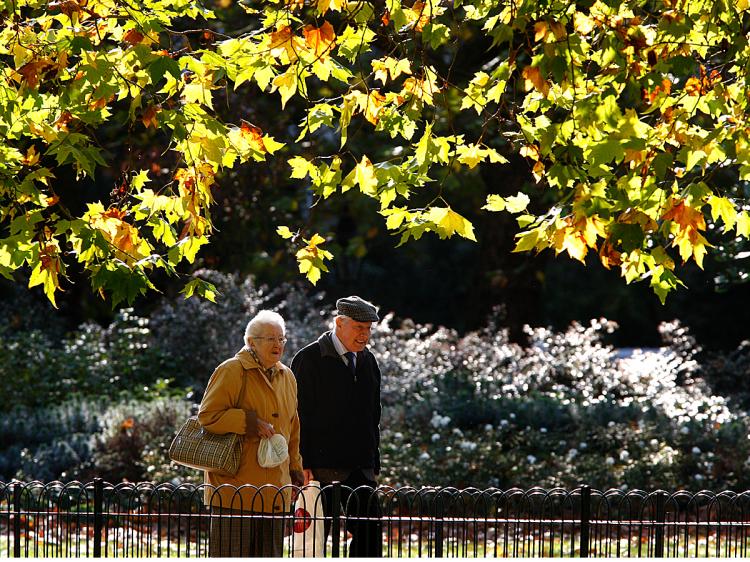Green Spaces Good for Health
A new report says green spaces in urban areas significantly improve health, particularly mental illness.

St James Park, London. A survey by England's National Trust found that one in eight places throughout the United Kingdom suffered from green place poverty. Jeff J. Mitchell/Getty Images
|Updated:






